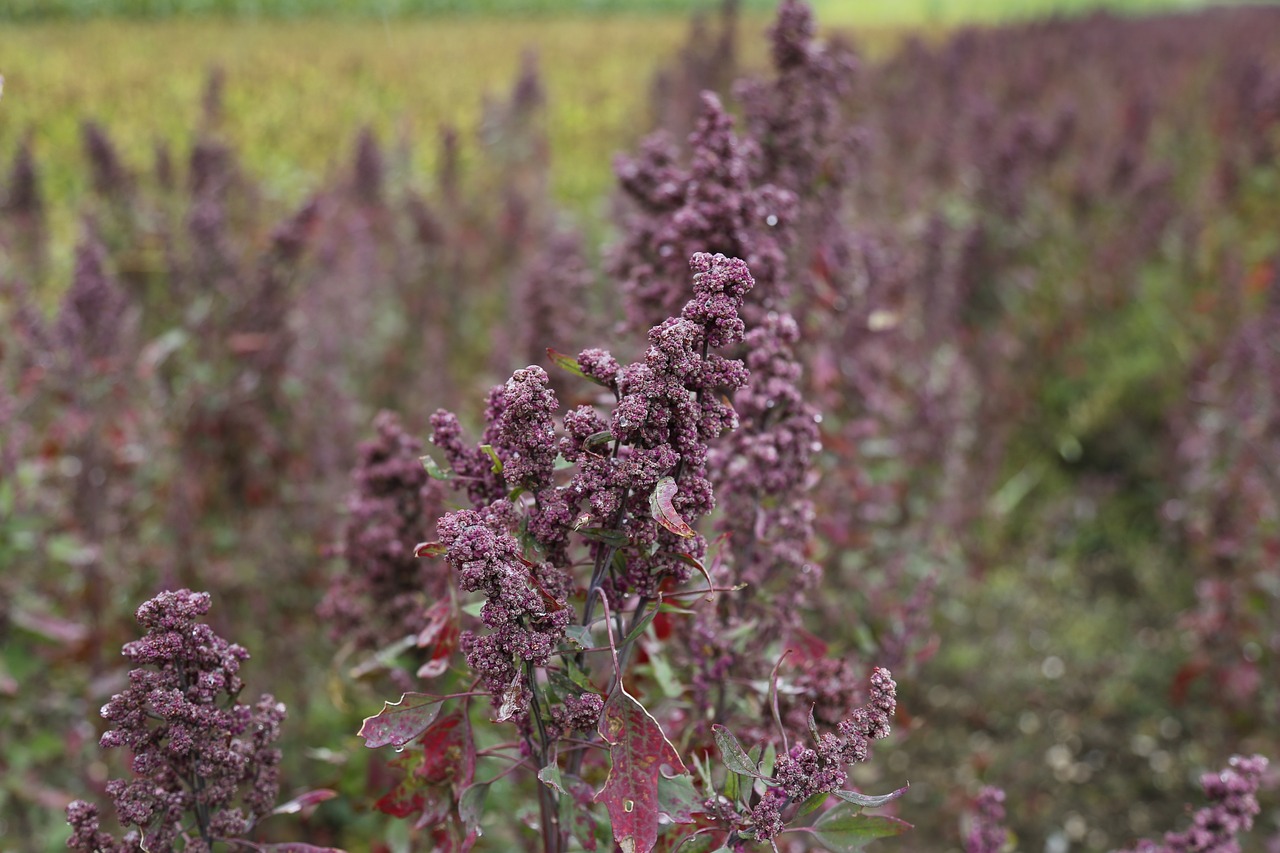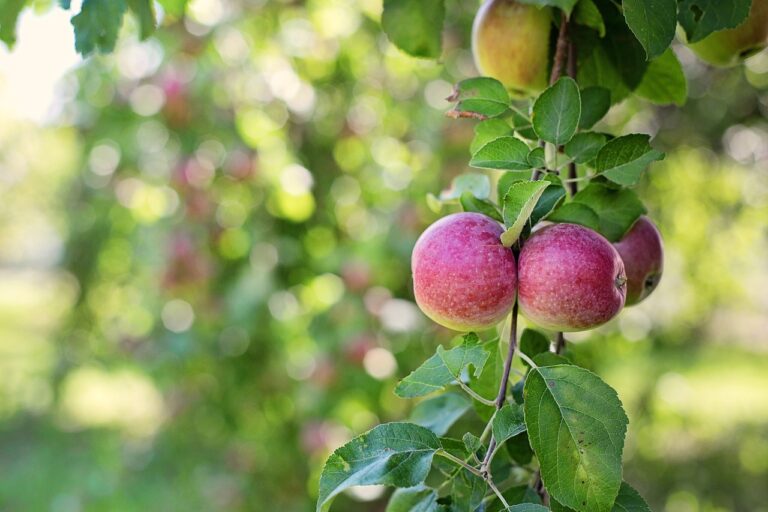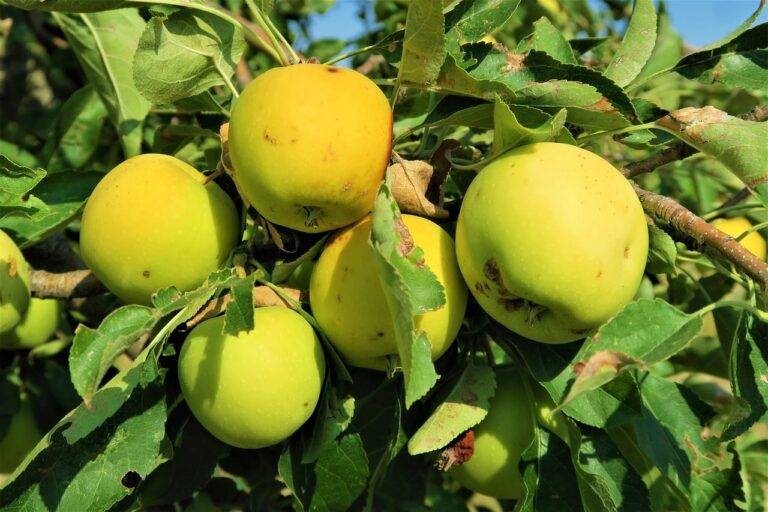The Impact of Urban Agriculture on Jam and Jelly Production: Cricketbets999.com login, 11xplay reddy login, Betbhai 9.com
cricketbets999.com login, 11xplay reddy login, betbhai 9.com: Urban agriculture has been gaining popularity in recent years as more people are becoming concerned about where their food comes from and are looking for sustainable alternatives. One area where urban agriculture has had a significant impact is in the production of jam and jelly. In this article, we will explore the ways in which urban agriculture is changing the landscape of jam and jelly production and the benefits it brings to both producers and consumers.
**What is Urban Agriculture?**
Urban agriculture refers to the practice of growing food in cities and other urban areas. This can include growing fruits and vegetables in backyard gardens, on rooftops, or in community gardens. Urban agriculture can also involve raising animals, such as chickens or bees, for food production. The goal of urban agriculture is to increase access to fresh, locally grown food, reduce environmental impact, and strengthen community ties.
**The Rise of Urban Agriculture in Jam and Jelly Production**
In recent years, there has been a growing interest in using urban agriculture to produce ingredients for jam and jelly. Many urban farmers are growing fruits such as berries, peaches, and apples in their backyard gardens or on small plots of land in the city. These fruits are then used to make delicious jams and jellies that are sold locally.
**Benefits of Urban Agriculture for Jam and Jelly Production**
There are several benefits of using urban agriculture to produce ingredients for jam and jelly. One of the main benefits is the freshness and quality of the ingredients. When fruits are grown locally and harvested at their peak ripeness, they are more flavorful and nutritious. This results in jams and jellies that are superior in taste and texture compared to those made with commercially grown fruit.
Another benefit of urban agriculture for jam and jelly production is its environmental impact. By growing food locally, urban farmers reduce the need for long-distance transportation, which can contribute to air pollution and greenhouse gas emissions. Additionally, urban agriculture often utilizes sustainable growing practices, such as composting and rainwater harvesting, that help reduce waste and conserve resources.
**Challenges of Urban Agriculture in Jam and Jelly Production**
While urban agriculture offers many benefits for jam and jelly production, it also presents unique challenges. One of the main challenges is limited space. Urban farmers often have to make the most of small plots of land or rooftop gardens, which can restrict the amount of fruit they are able to grow. This can limit the scale of jam and jelly production and make it difficult to meet demand.
Another challenge of urban agriculture in jam and jelly production is the lack of infrastructure. Urban farmers may not have access to commercial kitchens or food processing facilities, which are necessary for turning fresh fruit into jam and jelly. This can make it challenging to scale up production and meet food safety regulations.
**Innovations in Urban Agriculture for Jam and Jelly Production**
Despite these challenges, many urban farmers are finding innovative ways to overcome them and scale up their jam and jelly production. One solution is to collaborate with other urban farmers or community organizations to share resources, such as kitchen space or equipment. By working together, farmers can increase their capacity to produce jam and jelly and reach a wider market.
Another innovation in urban agriculture for jam and jelly production is the use of vertical farming techniques. Vertical farming allows farmers to grow food vertically in stacked layers, using artificial lighting and hydroponic systems. This can be especially useful for growing fruits in limited urban spaces and can help increase production capacity.
**The Future of Urban Agriculture in Jam and Jelly Production**
As the demand for fresh, locally produced food continues to grow, urban agriculture is likely to play an increasingly important role in jam and jelly production. By embracing sustainable growing practices and innovative solutions, urban farmers can meet the challenges of limited space and resources and create delicious jams and jellies that benefit both producers and consumers.
**FAQs**
**Q: Can urban agriculture really produce enough fruit for jam and jelly production?
A:** While urban agriculture may have limitations in terms of space and resources, many urban farmers have found ways to scale up their production and meet demand for jams and jellies. By utilizing innovative growing techniques and collaborating with other farmers, urban agriculture can be a viable solution for small-scale jam and jelly production.
**Q: How can consumers support urban agriculture in jam and jelly production?
A:** Consumers can support urban agriculture in jam and jelly production by purchasing locally grown products from farmers markets, grocery stores, or online retailers. By choosing jams and jellies made with locally grown fruit, consumers can help support sustainable agriculture practices and reduce their environmental impact.
In conclusion, urban agriculture is changing the landscape of jam and jelly production by providing fresh, locally grown ingredients that are both delicious and sustainable. By embracing innovative solutions and working together, urban farmers can overcome the challenges of limited space and resources and create a more resilient food system for the future.







